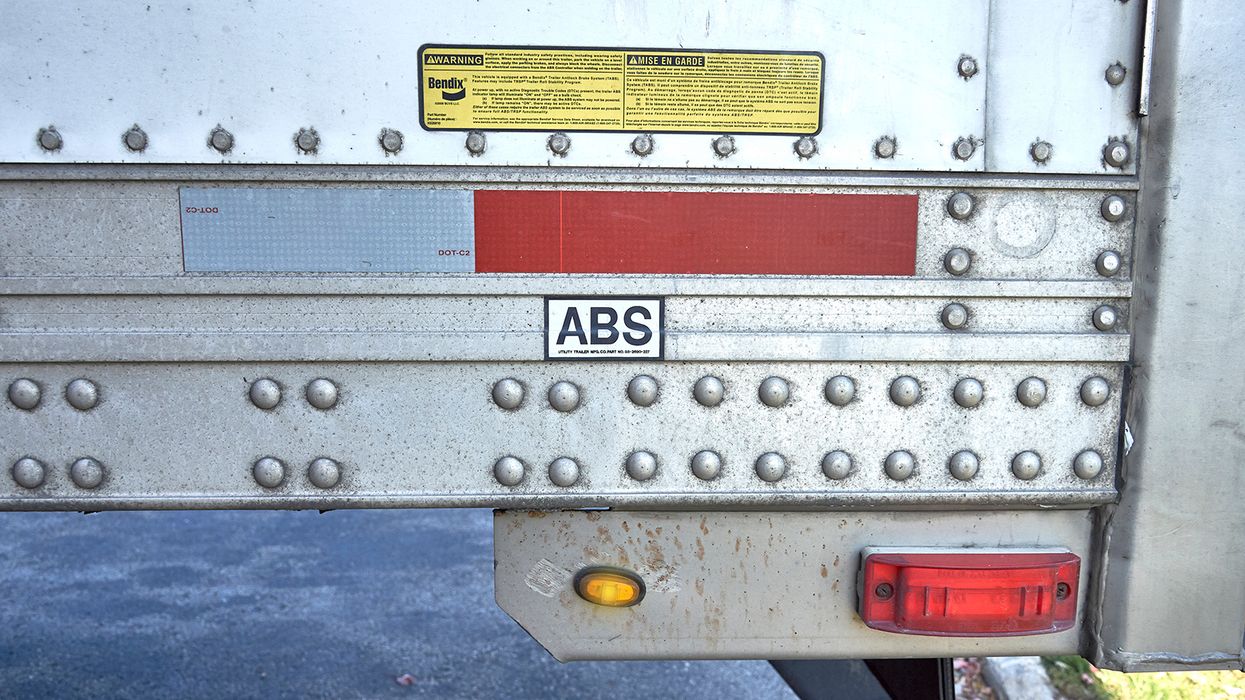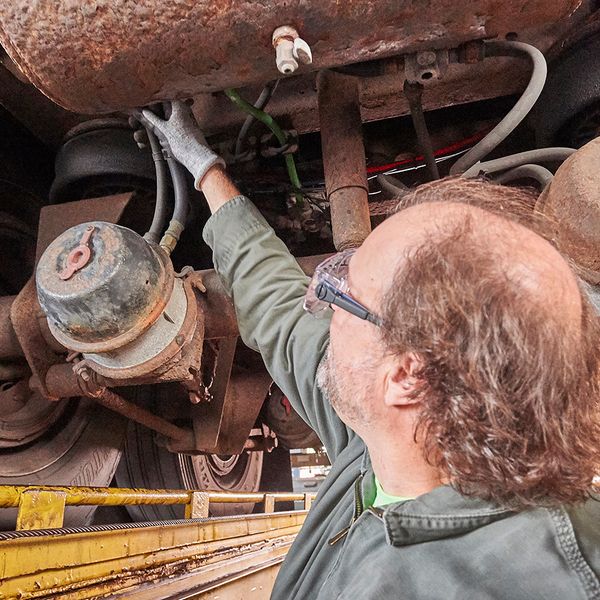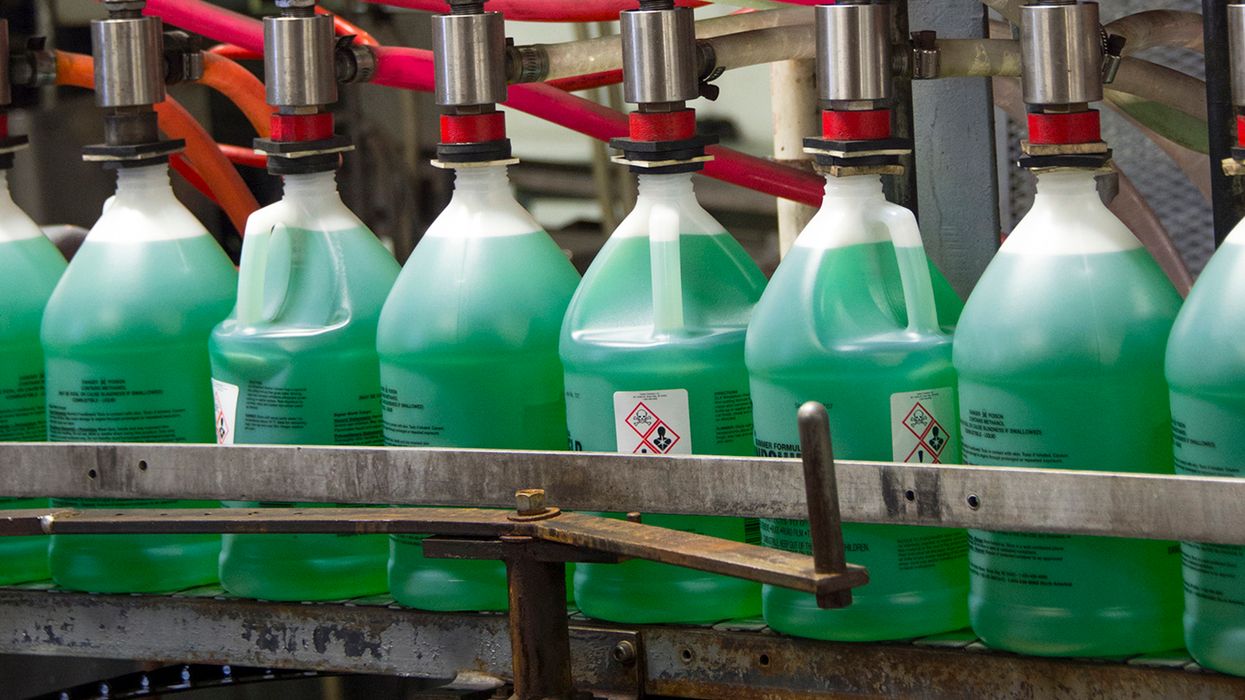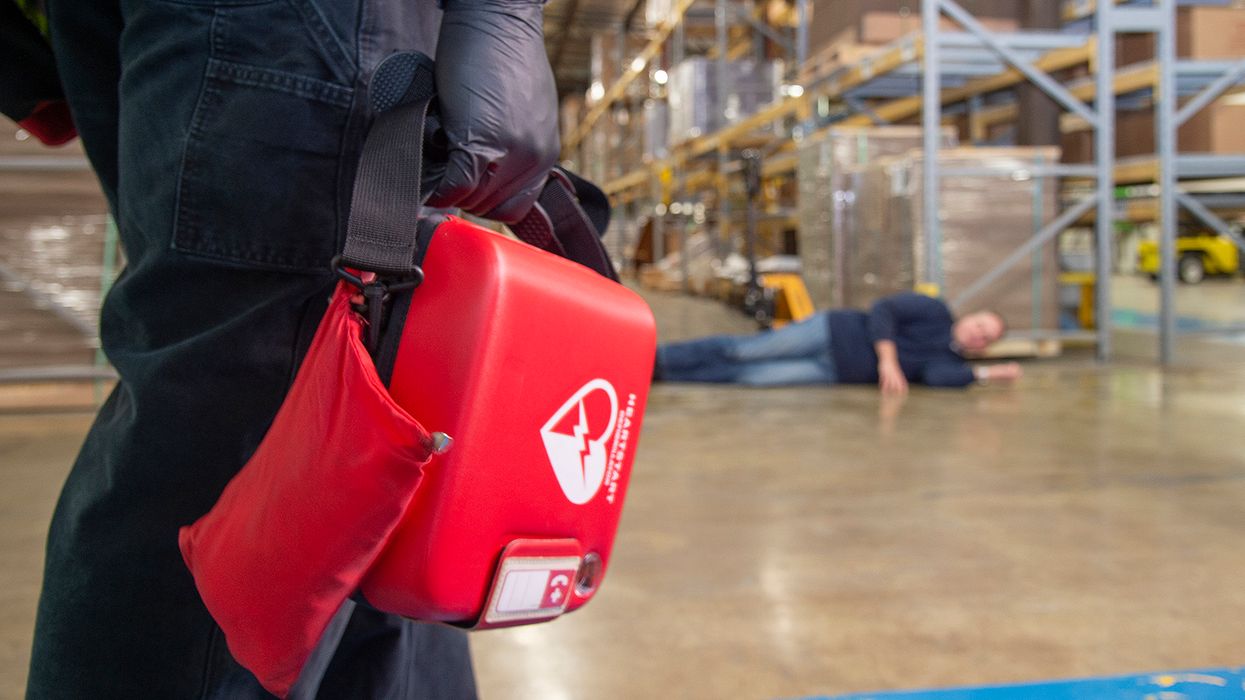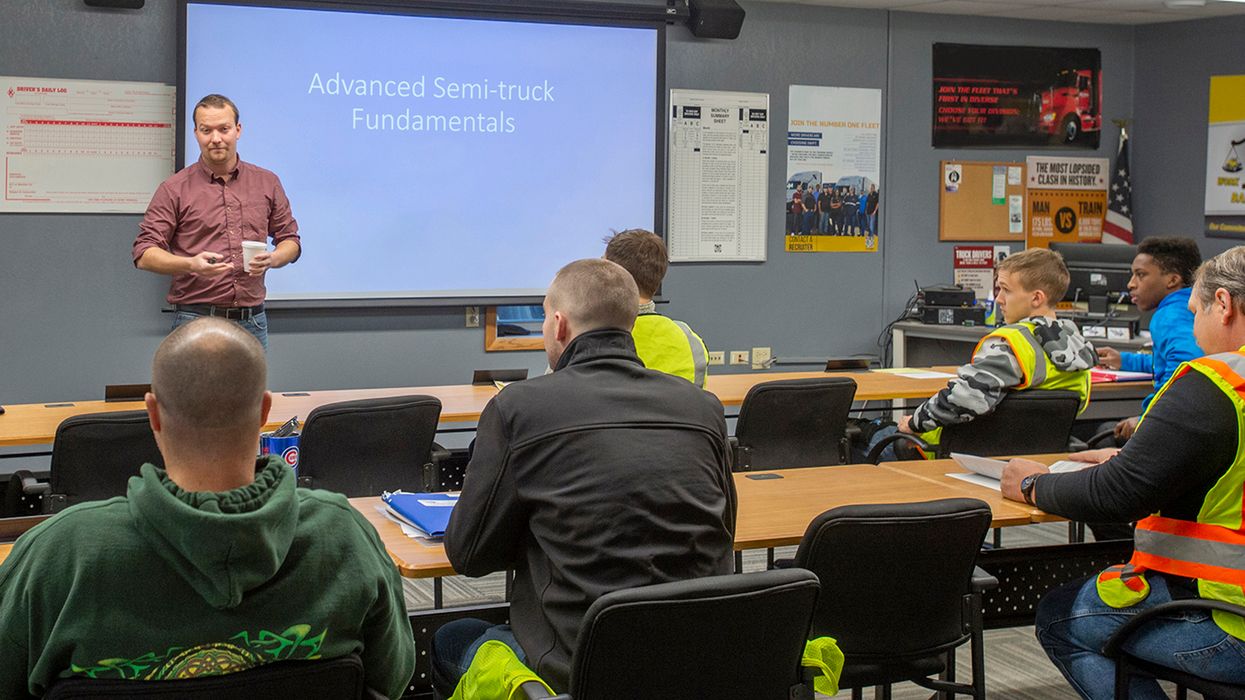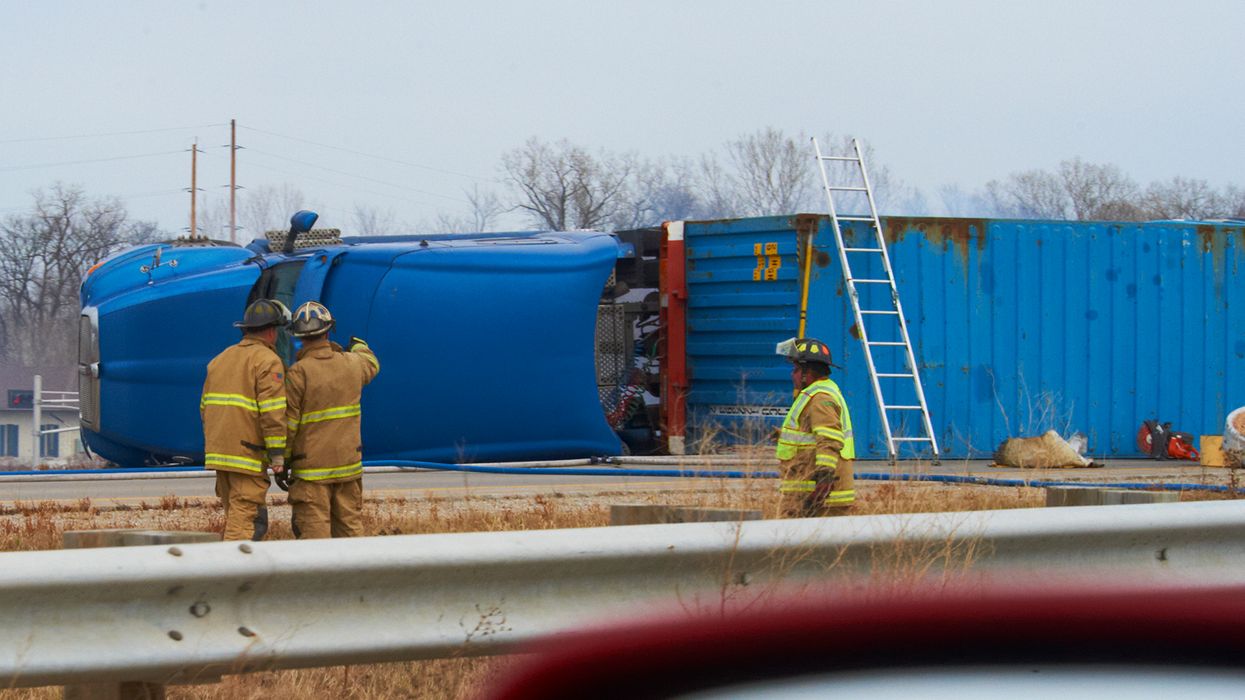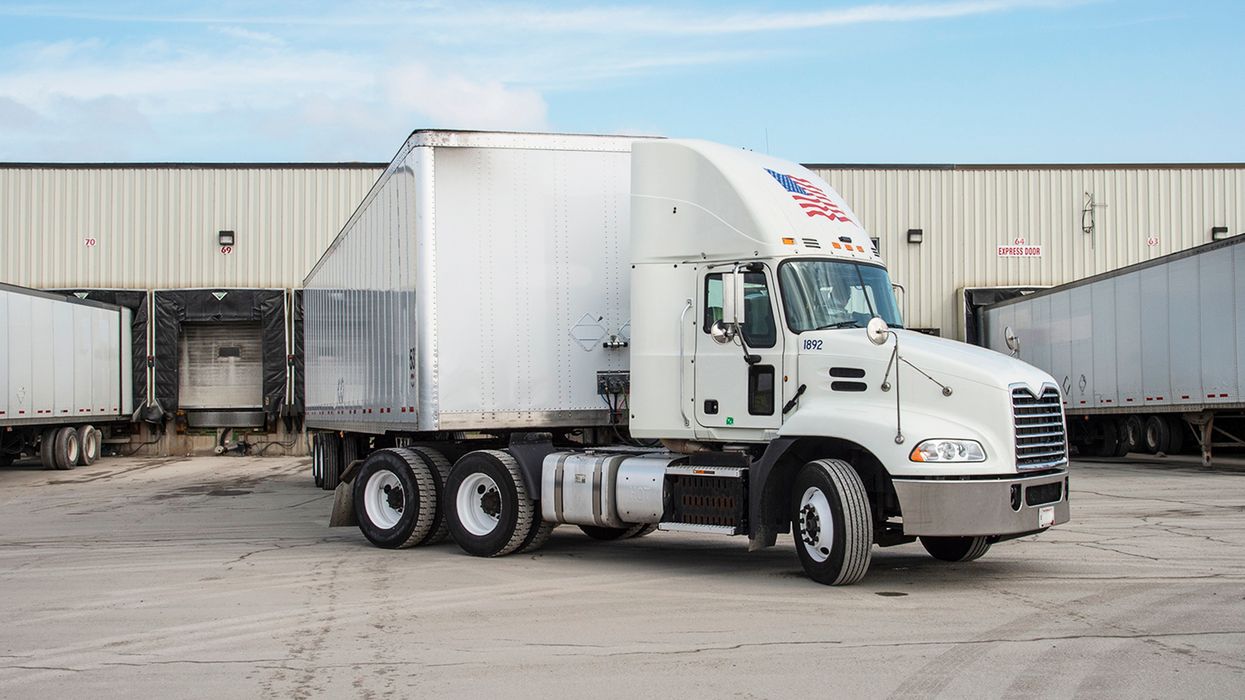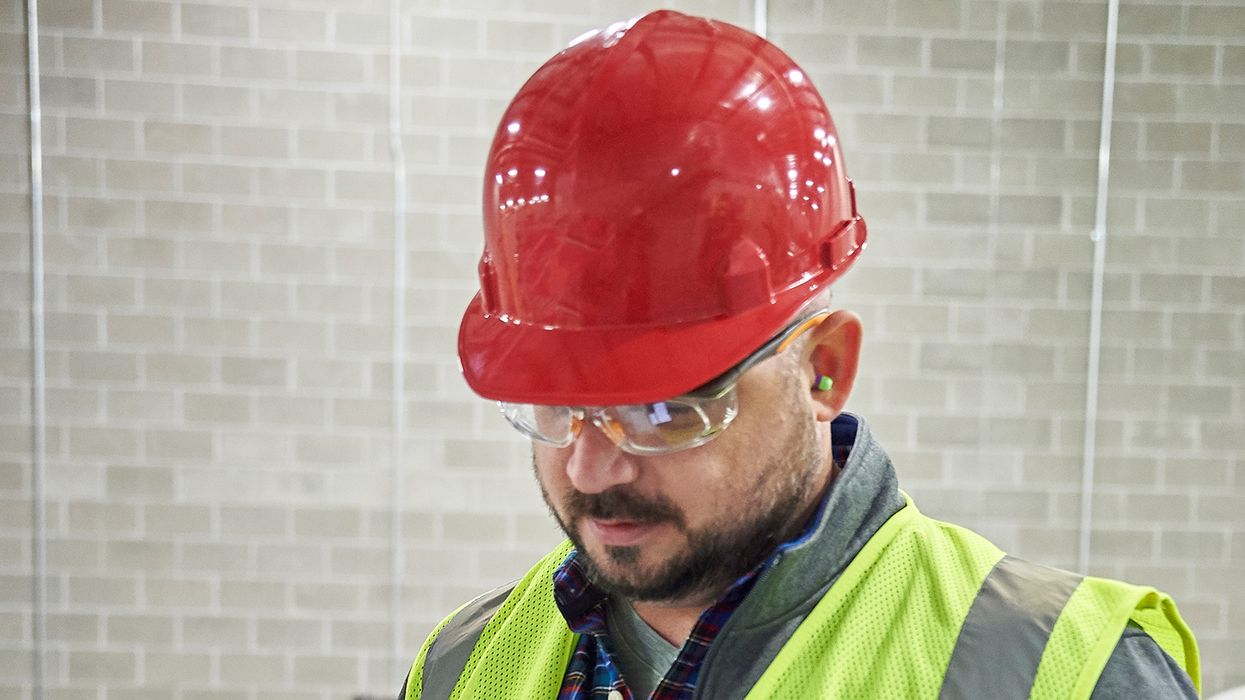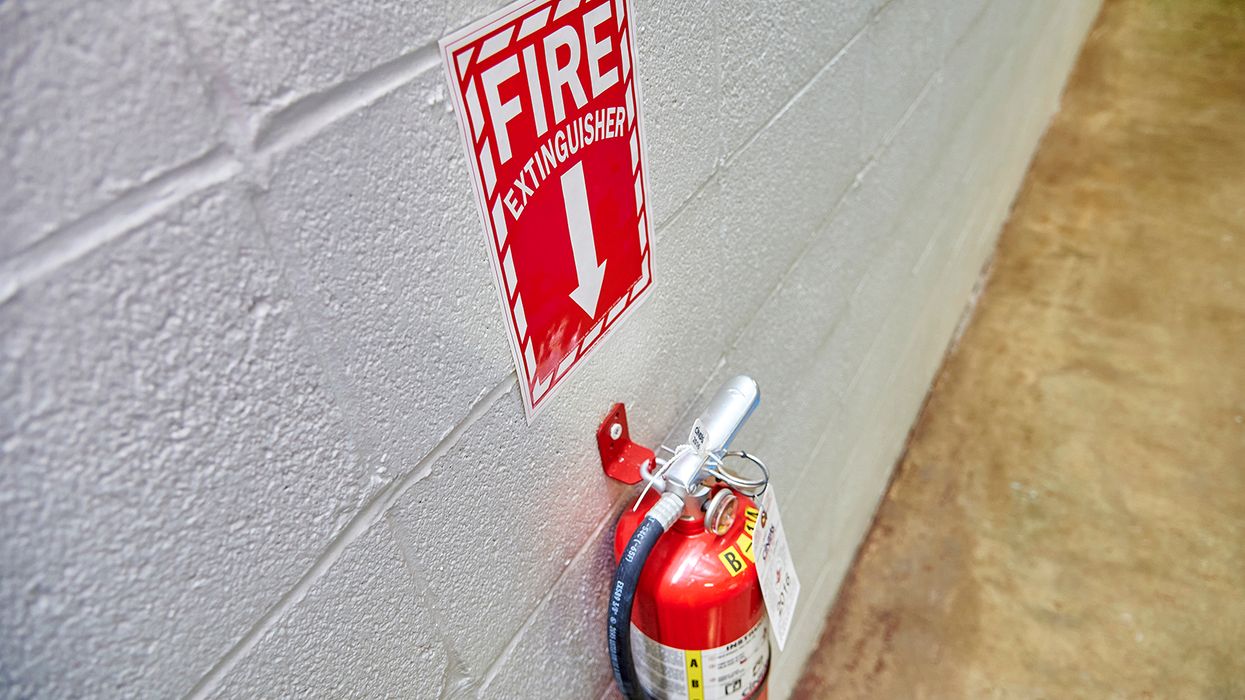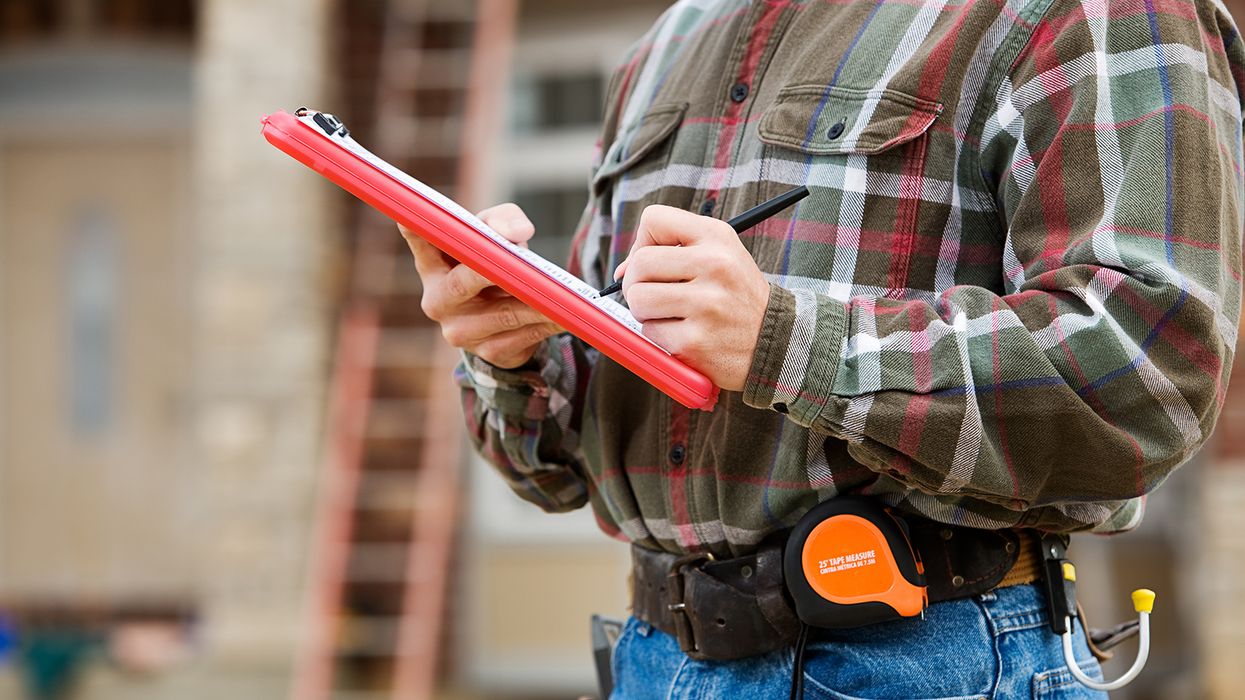How well do you and your drivers know your ABS?
According to roadside inspection data provided by the Federal Motor Carrier Safety Administration (FMCSA), so far in 2022 there have been 71,678 violations written involving antilock braking systems (ABS).
With ABS becoming a focus of roadside inspections and annual inspections, it is time to put a spotlight on the system and make sure everyone understands how it functions and how to inspect it.
It’s all about control
The ABS allows the driver to maintain directional control during braking and prevent skids. It does this by tracking wheel speed at various wheel ends on the vehicle(s). If the speed of a wheel drops lower than the others on the vehicle, the system will begin “modulating” (alternately applying and releasing) the impacted brakes. This action will prevent the impacted wheels from skidding, allowing the driver to maintain full directional control while getting the maximum braking effect from the brake system.
Inspecting it
The ABS is made up of wheel sensors, a control unit, modulating brake valves, and connecting wiring. The condition of these components should be checked during visual inspections of the vehicle.
To verify the system is working correctly, the regulations require vehicles to be equipped with malfunction lights. A modern tractor trailer will have three; two on the dash and one on the trailer. On the dash are the tractor ABS malfunction light and the trailer ABS malfunction light (the trailer will communicate to the tractor when there is an ABS malfunction). Trailers have an ABS malfunction light on the left rear corner that will also activate when there is a trailer ABS malfunction.
If any of these lights are on while the vehicle is being operated, there is a malfunction in the ABS and it must be repaired.
Key on check
One important inspection step is the key-on ABS check. This check should be done as part of the driver’s pretrip inspection. It involves the driver turning the key on when the vehicle’s air system is at normal operating pressure and verifying that all three malfunction lights come on. This indicates the lamps are working and that a self-test is underway. Once the systems pass the self-test, the malfunction lights will go out. If the tractor or trailer has a defect, a malfunction light will remain on after the self-check.
An odd combination
In some cases, older tractors (built before March 1, 1997) pulling newer trailers (built on or after March 1, 1998) will lead to the trailer-mounted malfunction light coming on and then going off whenever the service brakes are applied. This is normal and is due to the tractor not providing full-time ABS power. In this case, the trailer is correctly using brake light power to operate the ABS.
However, if this happens with a newer tractor and trailer, it is an indication of a malfunction. The trailer ABS is not getting its power from the tractor through the normal connection and is using the brake light power as a backup.
Key to remember: The ABS is on the vehicle to prevent accidents. It does this by allowing the driver to maintain directional control during braking. To make sure it can do this you and your drivers need to know how to inspect the system and check it to make sure it is functioning correctly.

